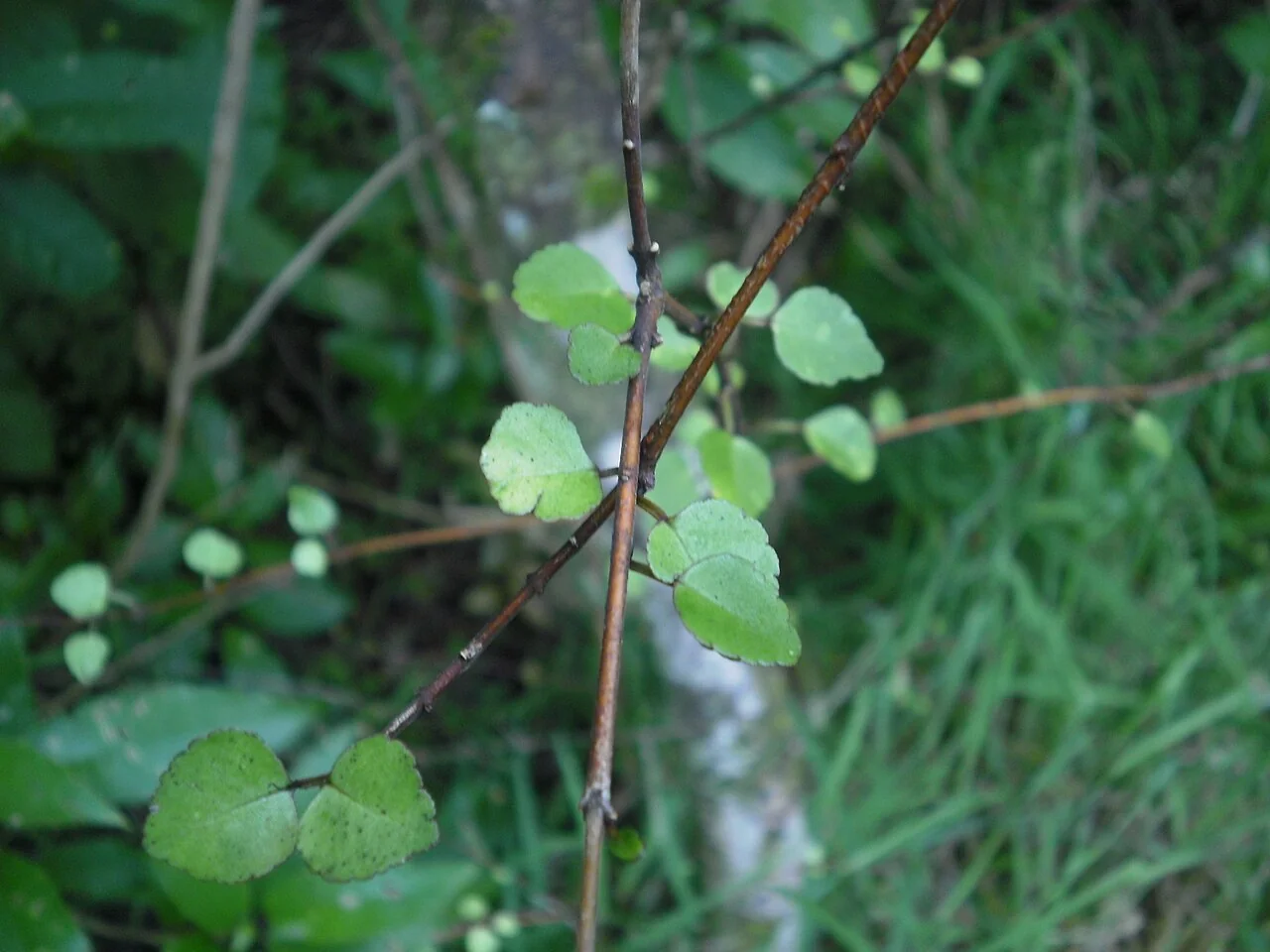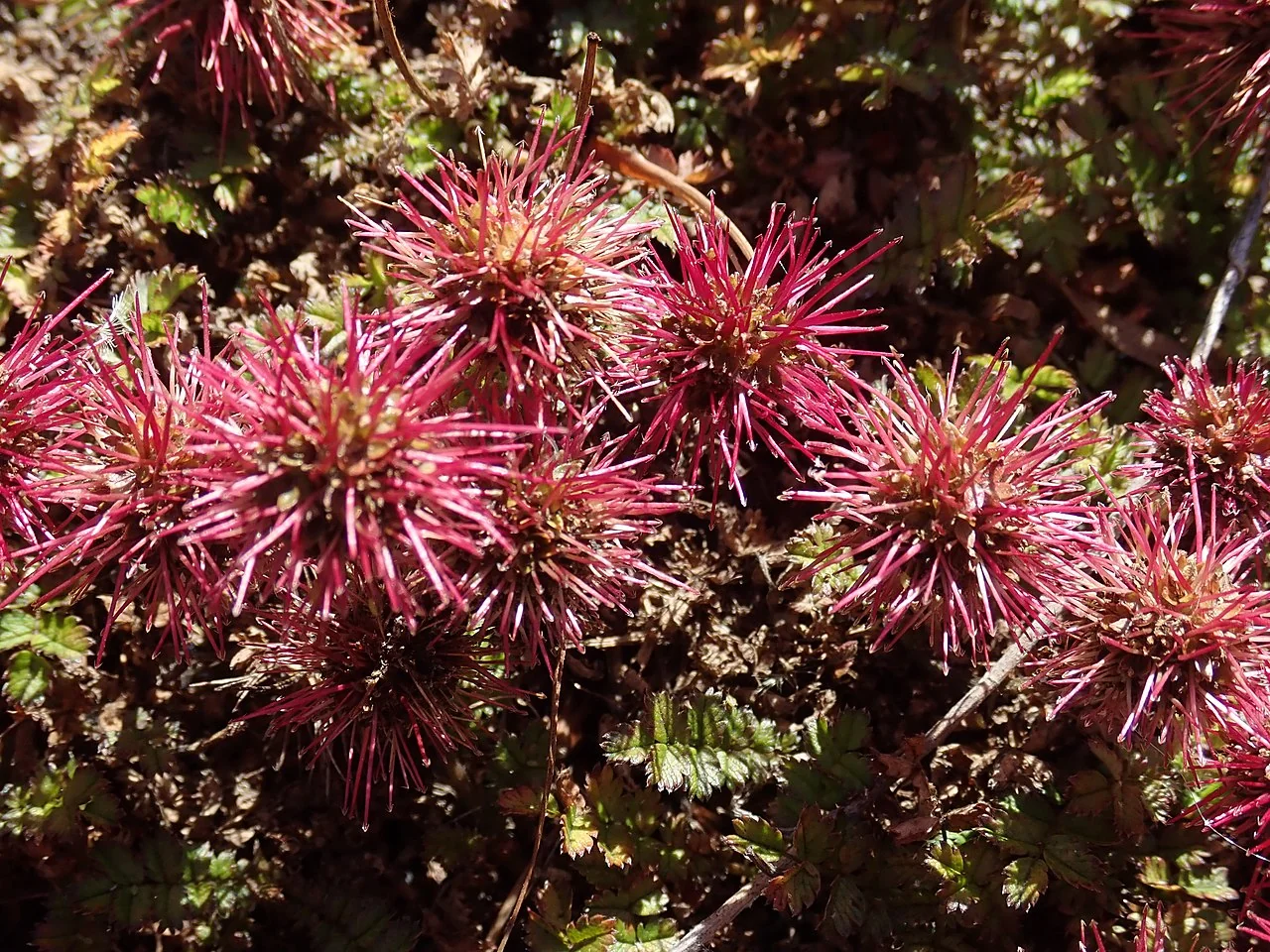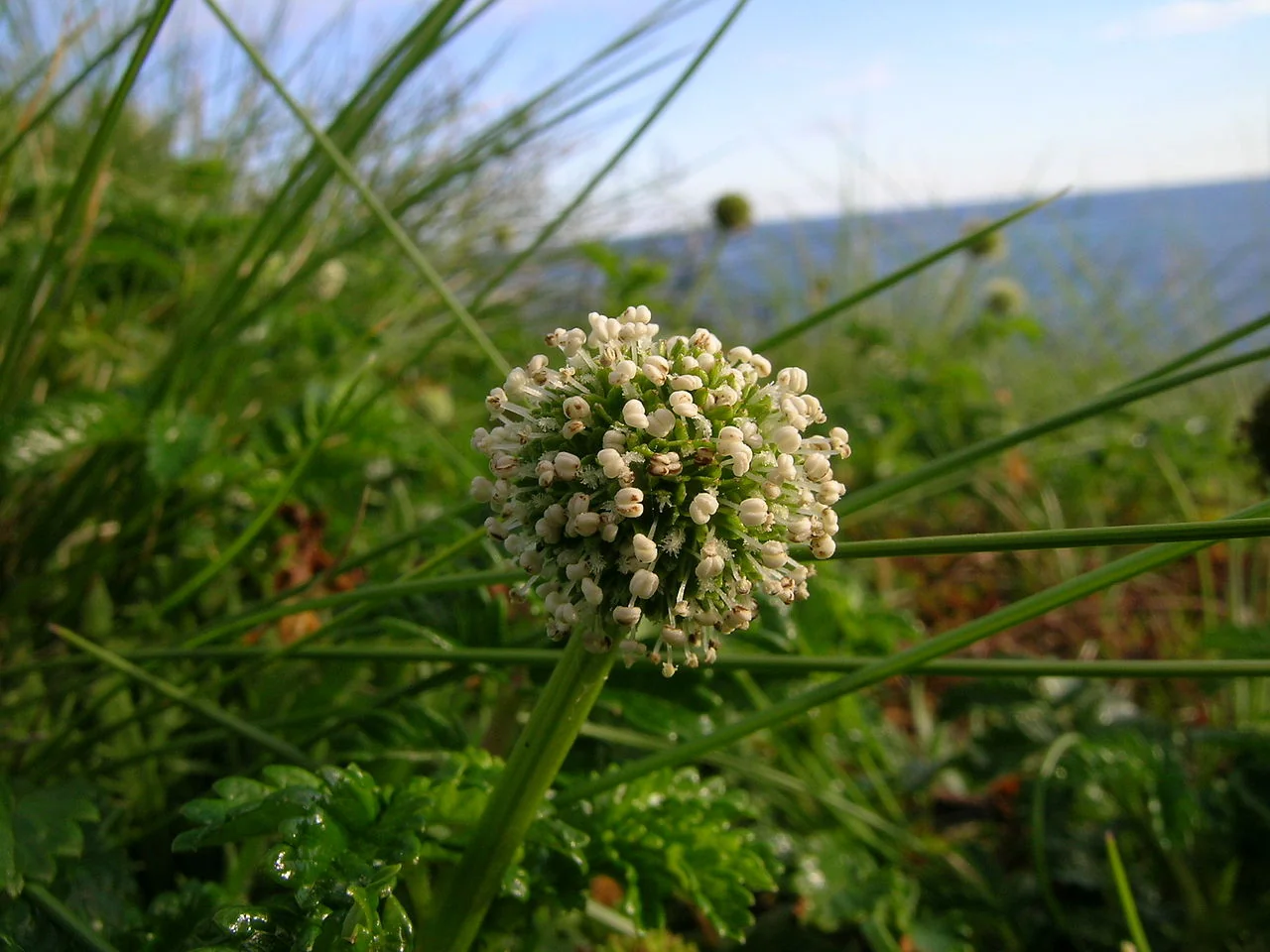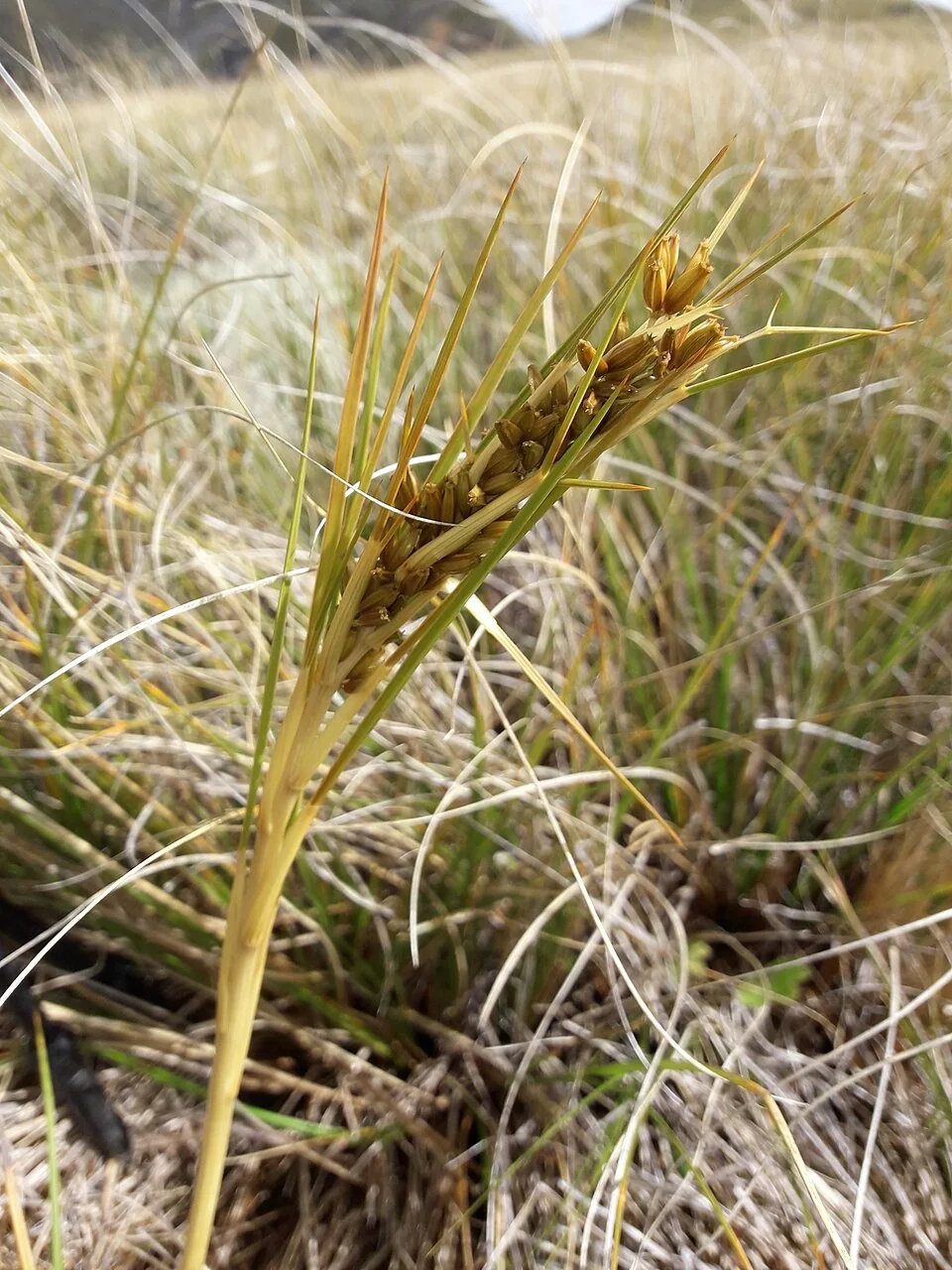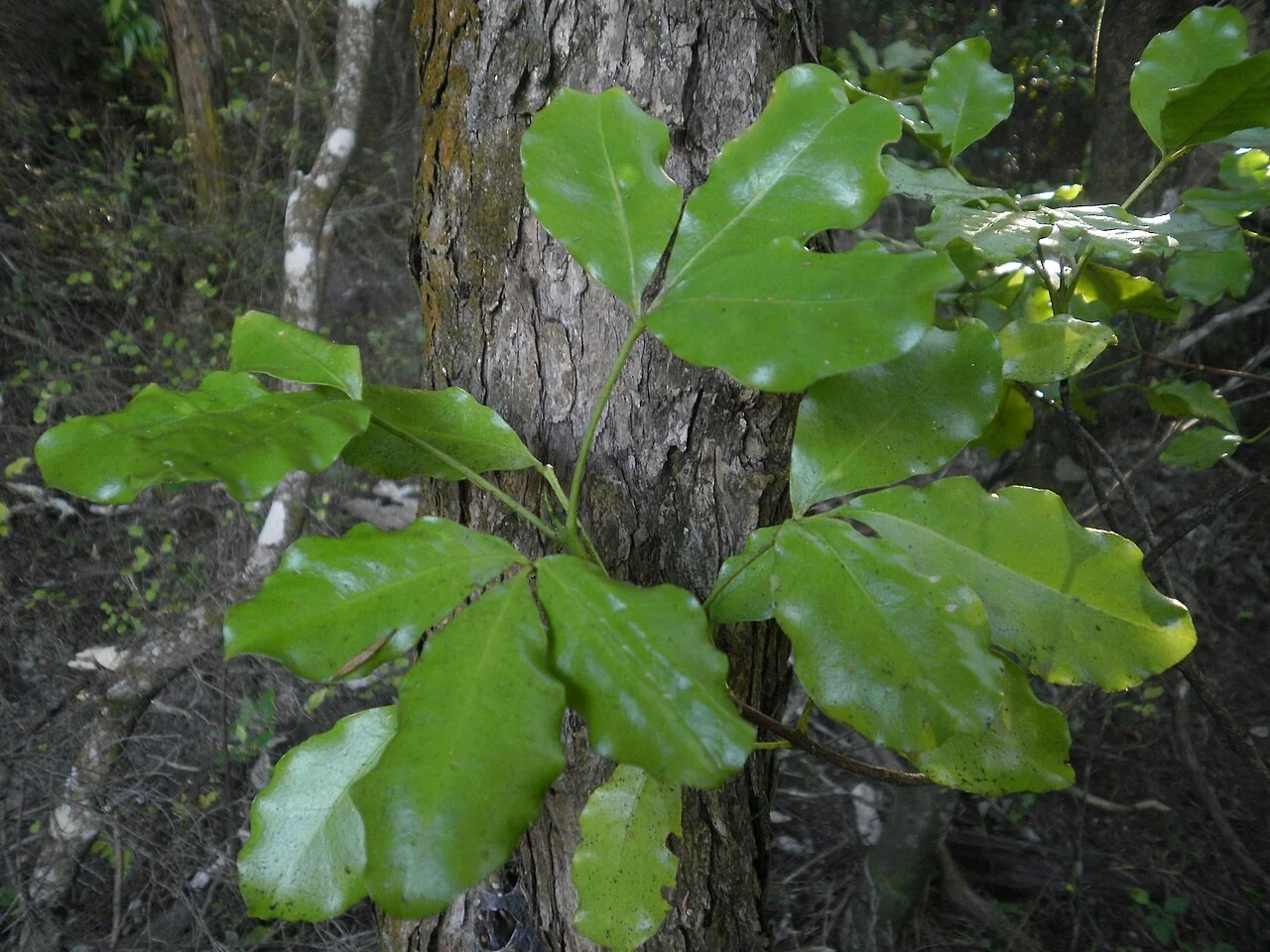
Wharangi
Melicope ternata
Wharangi ( Melicope ternata ) is a beautiful native New Zealand shrub or small tree, celebrated for its glossy, trifoliate leaves, fragrant greenish-yellow flowers, and attractive seed capsules. This evergreen species is endemic to the North Island and northern South Island, typically found in coastal and lowland forests. Its dense foliage and aromatic qualities make it a popular choice for native plant gardens, hedging, or as a specimen plant. Wharangi is a resilient and aesthetically pleasing plant that adds a touch of natural elegance and year-round interest to any landscape, showcasing the rich biodiversity of New Zealand's forests. For related species, see the native plants index .

Plant Description
Botanical Features
Wharangi ( Melicope ternata ) is a coastal shrub or small tree endemic to New Zealand, belonging to the citrus family (Rutaceae). It can grow up to 6 meters tall, though it often appears bushier in open environments. It features glossy, bright green, trifoliate (three-leaflet) foliage. The leaves are thinly leathery, typically 70-100 mm long and 30-40 mm wide, with slightly wavy margins, and may emit a citrus-like aroma when crushed. Small, greenish-white or yellow-green flowers, 8-10 mm in diameter, are produced in clusters during spring. After flowering, it produces distinctive three-lobed, dry fruit capsules that are pale brown and approximately 5 mm long, which split open to reveal shiny black seeds.
Quick Facts
Tree Summary
| Scientific Name | Melicope Ternata |
|---|---|
| Common Name | Wharangi |
| Family | Rutaceae |
| Height | Up to 8 m |
| Spread | Up to 4 m |
| Light | Full sun to partial shade |
| Soil | Well-drained, fertile soils |
| Water Needs | Moderate |
| Frost Tolerance | Low to Moderate |
| Salt Tolerance | Moderate |
| Growth Rate | Medium to fast |
| Lifespan | Medium to Long |
Climate Best Suited to
Regional Suitability
Wharangi ( Melicope ternata ) is native to the North Island and northern South Island of New Zealand, typically found in coastal and lowland forests. It thrives in mild, temperate climates with consistent rainfall and moderate temperatures. It is reasonably tolerant of wind and some salt spray, making it suitable for coastal gardens, but prefers sheltered locations away from extreme exposure. Its natural habitat includes forest margins and open areas, indicating a preference for good light but with some protection. It can be successfully cultivated in similar temperate regions, provided it has good drainage and protection from extreme heat or prolonged severe frosts when young.
| Whangārei | Ideal |
| Auckland | Ideal |
| Hamilton | Suitable |
| Rotorua | Suitable |
| Tauranga | Ideal |
| Gisborne | Ideal |
| New Plymouth | Ideal |
| Whanganui | Ideal |
| Palmerston North | Suitable |
| Napier | Ideal |
| Wellington | Ideal |
| Nelson | Ideal |
| Christchurch | Suitable |
| Dunedin | Suitable |
| Invercargill | Suitable |
| City | Climate Suitability |
|---|
Natural Habitat
Coastal Forest Distribution
Understand the natural habitat of Wharangi ( Melicope ternata ), which is found throughout the North Island and northern South Island of New Zealand, in coastal and lowland forests. This section details its geographical distribution, preferred environmental conditions, and the types of ecosystems where it naturally occurs.
- Widespread across the North Island and northern South Island.
- Found in coastal and lowland forests, often in damp gullies and understories.
- Prefers sheltered sites with good air circulation.
- Thrives in full sun to partial shade.
Its broad habitat range highlights its adaptability and resilience, making it a fascinating subject for ecological study.
Plant Conservation
Melicope ternata , also known as Wharangi, is currently classified as "Not Threatened" in terms of its conservation status. This classification has been consistent across various assessments, including those in 2013, 2018, and 2023. It is a native and endemic species to New Zealand, found in coastal to lowland forests.
Growing Requirements
Soil Requirements
Wharangi thrives in well-drained, fertile soils. It is adaptable to a range of soil types, including sandy, loamy, and even some clay soils, but good drainage is crucial to prevent root rot. Incorporating organic matter can improve soil structure and moisture retention. A neutral to slightly acidic pH is generally preferred.
- Prefers well-drained, fertile soils.
- Adaptable to sandy or loamy soil types.
- Good drainage is essential.
- Neutral to slightly acidic pH preferred.
Light Requirements
Wharangi performs well in full sun to partial shade. In full sun, it tends to be denser and more compact, producing more flowers. In partial shade, it may grow a bit more open but will still thrive. Ensure it receives adequate light for healthy growth and flowering.
- Full sun to partial shade.
- Denser growth and more flowers in full sun.
- Adaptable to various light conditions.
Water Requirements
Wharangi requires moderate watering, especially during dry periods and its establishment phase. Once established, it is reasonably drought-tolerant but will benefit from occasional deep watering during prolonged dry spells. Ensure the soil is consistently moist but not waterlogged.
- Moderate watering needs.
- Drought-tolerant once established.
- Avoid waterlogging.
Planting Guide
Best Time to Plant
The best time to plant Wharangi is during autumn or spring, when temperatures are mild and rainfall is more consistent. This allows the plant to establish its root system before the extremes of summer heat or winter cold.
Choosing a Location
Select a site with full sun to partial shade and well-drained, fertile soil. Wharangi is highly adaptable and can be planted in coastal areas, exposed sites, or more sheltered garden beds. Ensure it has adequate space for its mature size if not being regularly pruned.
Planting Steps
- Dig a hole twice the width of the root ball and the same depth.
- Gently remove the plant from its container, being careful not to disturb the roots.
- Place the plant in the hole, ensuring the top of the root ball is level with the surrounding soil.
- Backfill with amended soil, firming gently around the base of the plant.
- Water thoroughly immediately after planting to settle the soil.
- Apply a layer of organic mulch to help retain moisture and suppress weeds, keeping it away from the stem.
Initial Care
Water regularly during the first 6-12 months to help establish a strong root system. Once established, Wharangi is reasonably low maintenance and requires less frequent watering. Protect young plants from strong winds and severe frosts if necessary.
Ecological Role
Coastal Ecosystem Importance
The ecological importance of Wharangi ( Melicope ternata ) within its native New Zealand ecosystems is significant. Its abundant flowers provide nectar for native insects, and its seeds may be a food source for small birds, contributing to the local food web and biodiversity of its varied habitats.
- Flowers provide nectar for native insects.
- Seeds may be a food source for native birds.
- Contributes to biodiversity in diverse forest ecosystems.
As an endemic species, it is an integral part of the unique biodiversity that has evolved in New Zealand, supporting the delicate balance of its natural habitats.
Uses and Significance
Garden Uses
- Excellent hedging and screening plant.
- Suitable for native plant gardens, shelterbelts, and screens.
- Provides year-round interest with evergreen leaves and fragrant flowers.
- Attracts pollinators, such as bees, to its flowers.
Cultural Significance
Melicope ternata , commonly known as Wharangi, holds cultural significance, particularly for the Māori people of New Zealand. The plant is recognized for its citrus-scented leaves and gum.
Key Cultural Uses and Beliefs Associated with Wharangi Include:
- Oral Hygiene and Scent: Māori would chew the gum of Wharangi to sweeten breath and alleviate halitosis. The gum was also used to create sweet-smelling hair oils and perfumes.
- Traditional Names: The plant is known by several Māori names, including whārangi, whārangi piro, tātaka, koheriki, and hōukawa.
- Toxicity Concerns: There have been conflicting reports regarding the plant's toxicity. While some sources suggested the leaves were poisonous to livestock and honey made from its nectar could be fatal to humans, tests in the 1940s showed rats fed Wharangi leaves were unharmed, and the plant is generally not considered toxic. However, some references still advise caution regarding its leaves for stock and honey from its flowers for people.
- Other Uses: Historically, the plant's wood was mentioned in the context of inlaying work in cabinetmaking, though this refers to post-European timber uses.
Landscaping Applications
Garden Design Uses
Wharangi ( Melicope ternata ) is a highly attractive and versatile plant for various landscaping applications, particularly in native and shaded gardens. Its graceful form and fragrant flowers make it a valuable asset.
- Ideal as a specimen shrub or small tree for larger gardens and parks.
- Excellent for native forest restoration and revegetation projects.
- Provides year-round interest with evergreen leaves and fragrant flowers.
- Suitable for mass plantings or as an accent plant.
Its ability to thrive in sheltered, shaded conditions and its aesthetic appeal make it a popular choice for creating lush and beautiful native landscapes.
Seasonal Care Calendar
Spring
New growth emerges, and fragrant flowers appear. This is an ideal time for planting new Wharangi specimens or propagating from cuttings. Ensure consistent moisture for young trees and protect them from strong winds if necessary. A light feed with a balanced slow-release fertilizer can encourage vigorous growth.
- Ideal time for planting and propagation.
- Ensure consistent moisture for new plants.
- Light fertilization if needed.
Summer
Wharangi is actively growing and flowering profusely during summer, followed by the development of seeds. Consistent watering is crucial, especially during dry spells, to prevent stress. Monitor for pests and diseases, though it is generally quite resilient.
- Active growth and abundant flowering.
- Consistent watering is essential.
- Monitor for pests and diseases.
Autumn
Flowering may continue into autumn, and seeds will begin to ripen. This is another good time for planting, allowing roots to establish before winter. Minimal care is required for established plants, but ensure they remain adequately hydrated.
- Flowering continues, seeds ripen.
- Good time for planting.
- Ensure adequate hydration.
Winter
Wharangi is evergreen and provides year-round interest. It is moderately frost-tolerant, but in very cold regions, young plants may benefit from some protection. Ensure good drainage to prevent root issues in wet conditions.
- Evergreen, provides year-round interest.
- Protect young plants from severe frost.
- Ensure good drainage.
When to Prune and How Much
Light Pruning
Wharangi is very amenable to pruning and can be shaped as a hedge, screen, or small tree. Regular pruning helps maintain its desired size and form, and encourages denser growth.
- Light trimming can be done at any time of year to maintain shape.
- For hedging, prune after the main flush of new growth in spring/early summer.
- Heavy pruning to reduce size or rejuvenate can be done in late winter/early spring.
- Remove dead, damaged, or diseased branches as needed.
- Use clean, sharp tools.
Wharangi responds well to even hard pruning, making it a very forgiving plant for shaping and maintenance.
How to Grow Wharangi
Wharangi is a beautiful native New Zealand shrub or small tree, celebrated for its glossy, trifoliate leaves, fragrant greenish-yellow flowers, and attractive seed capsules. This evergreen species is endemic to the North Island and northern South Island, typically found in coastal and lowland forests. Its dense foliage and aromatic qualities make it a popular choice for native plant gardens, hedging, or as a specimen plant. Wharangi is a resilient and aesthetically pleasing plant that adds a touch of natural elegance and year-round interest to any landscape, showcasing the rich biodiversity of New Zealand's forests. Understanding its propagation methods is key to successfully growing this delightful species.
From Seed
Propagating Wharangi from fresh seed is a viable method, though germination can be slow and may require stratification. Collect ripe seeds in late autumn or early winter. Clean the seeds thoroughly to remove any fleshy pulp. Sow the seeds in a tray filled with a well-draining seed-raising mix, lightly covering them. The seeds typically require a period of cold stratification (e.g., refrigerate for 2-3 months) to break dormancy. Maintain consistent moisture in the seed tray and keep it in a warm, sheltered location. Germination can take several weeks to months after stratification. Once seedlings have developed a few true leaves, they can be potted into individual containers and grown in a sheltered environment before planting out.
From Cuttings
Semi-hardwood cuttings are a reliable method for propagating Wharangi, ensuring that new plants retain the exact characteristics of the parent. Take 10-15 cm cuttings from healthy, semi-hardwood stems in late summer or early autumn. Remove the lower leaves and dip the cut end in a rooting hormone. Insert the cuttings into a well-draining propagation mix (e.g., sand and perlite). Keep the cuttings in a warm, humid environment, out of direct sunlight, perhaps under a plastic dome or in a propagator. Rooting typically occurs within 8-12 weeks. Once rooted, the new plants can be potted on and grown in a sheltered environment until they are ready for planting.
Pests and Diseases
Wharangi is generally a robust plant, but it can be susceptible to certain pests and diseases, especially if not grown in optimal conditions.
Common Pests
- Aphids: Can infest new growth. Treat with insecticidal soap or remove manually.
- Scale Insects: May be present on stems and leaves. Treat with horticultural oil or appropriate insecticides.
Common Diseases
- Sooty Mould: Often associated with scale insect infestations, it can cover leaves and reduce photosynthesis. Address the underlying pest issue.
- Root Rot: Caused by overwatering or poor drainage. Ensure well-drained soil.
Good garden hygiene, proper watering, and adequate air circulation are key to preventing most pest and disease issues. Regular inspection will help catch problems early.
Bonus Tip
Expert Growing Advice
The leaves of Wharangi have a strong, pleasant citrus-like scent when crushed, a characteristic it shares with its relative, Poataniwha ( Melicope simplex ). This is a great way to identify the plant and a delightful sensory experience in the garden.
